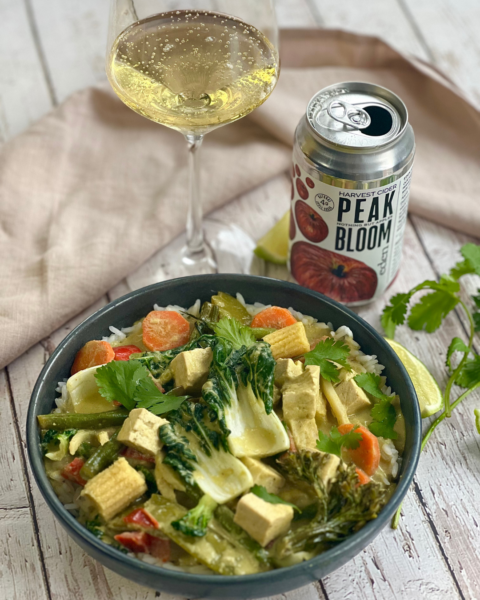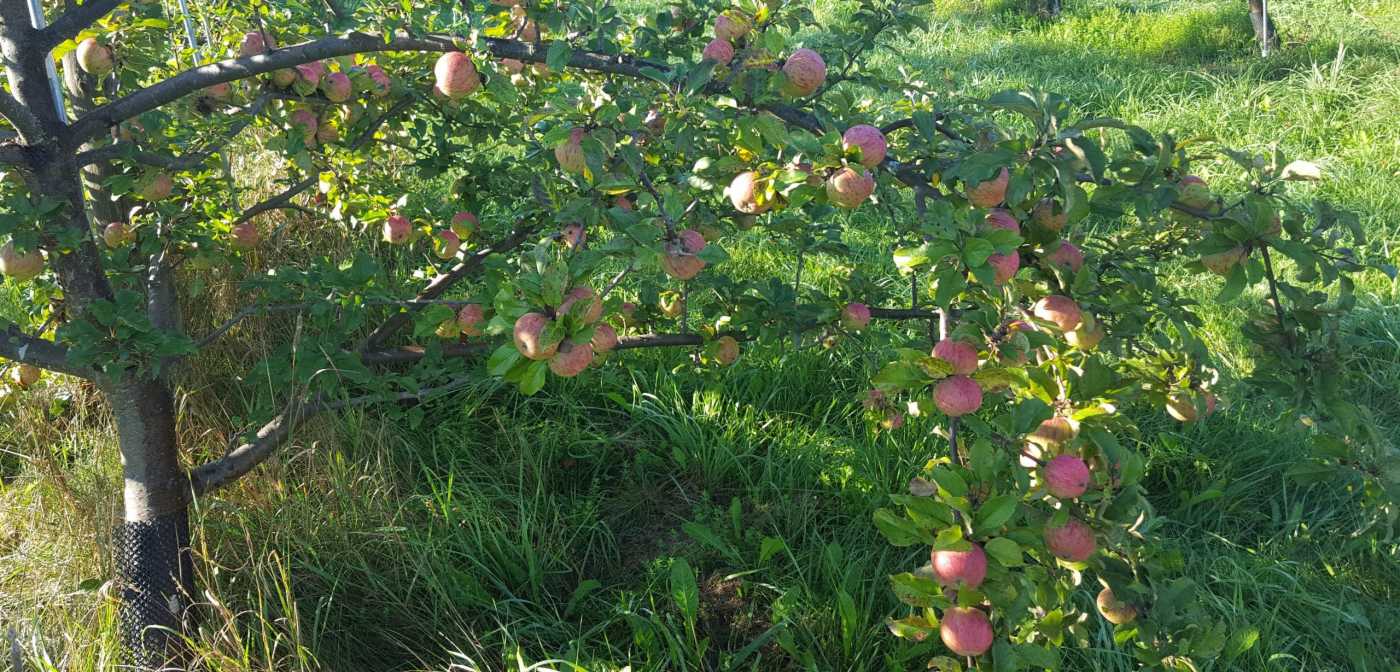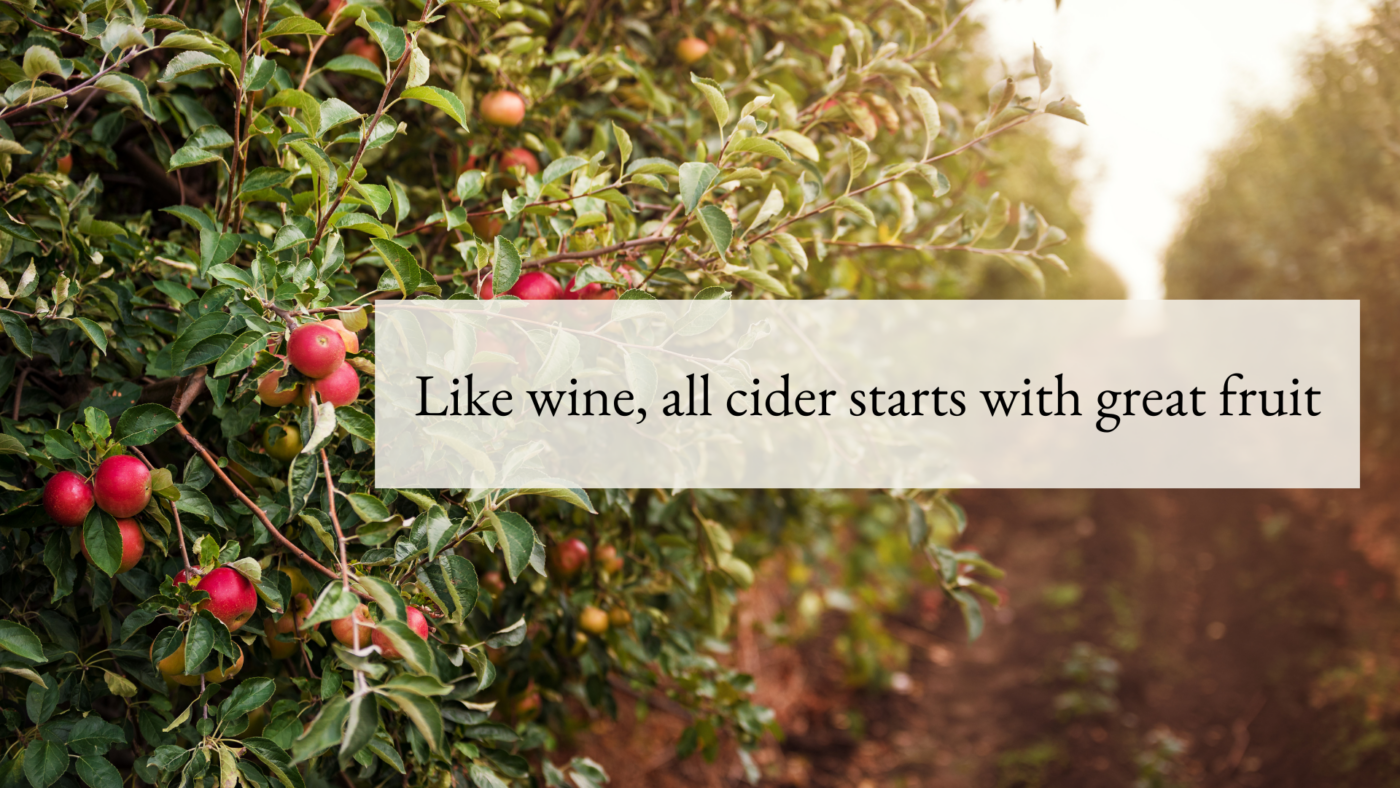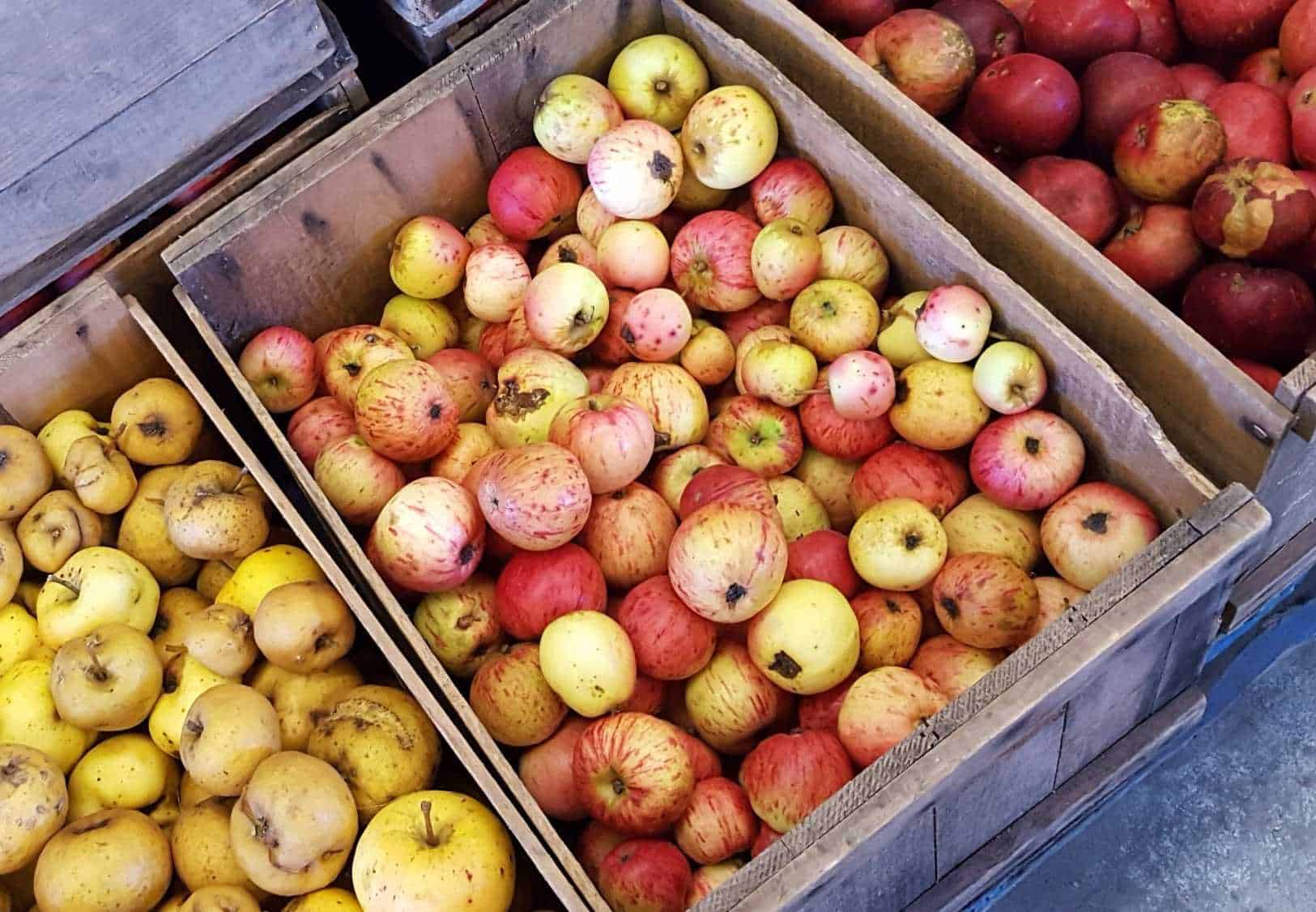Pairing Cider with Food: Green Curry
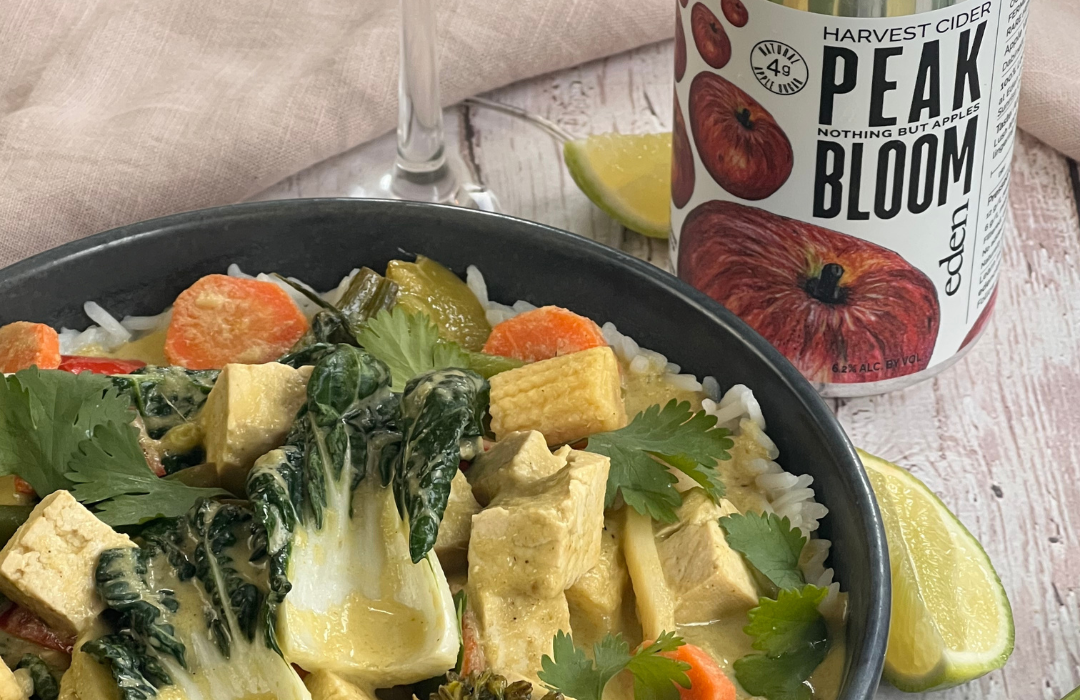
We like to imagine our ciders on your table, shared with friends and loved ones alongside an amazing home cooked meal. Like wine varieties, cider has some natural pairings – foods that just jive with the lively bubbles of a dry sparkling cider, or compliment the sweetness of an Ice Cider. Without a doubt, veggies and cider go together like PB&J, so when we met Sunny Gandara – a wine enthusiast who crafts vegan food pairings for a decadent, plant based dining experience – we knew we had to collaborate on some cider pairings.
Sunny Gandara wants to make eating delicious, nutritious, vegan meals more accessible to those who may want to explore a plant based diet without sacrificing flavor, diversity, and of course – drink pairings. She’s been vegan for 8 years and a chef for 15, with a deep understanding of how to make foods taste familiar and choosing wines that wow the eater and that are kinder to the planet. She was the Global Wine Director for Matthew Kenney Cuisine, a worldwide plant-based restaurant and hospitality group and now runs two blogs dedicated to sharing her passion for food and drink pairings to those looking to explore – SunnyGandara.com and Arctic Grub.
We absolutely jumped at the opportunity to collaborate with Sunny, and she generously crafted three recipes for us based on our ciders, which we’ll be releasing over the course of this spring. But really, don’t stop with these recipes! If your looking to add more plant based meals to your diet, or looking to explore a vegan diet, we cannot recommend Sunny enough.
And so enters the first recipe from collaboration: Peak Bloom and Green Curry! A quick way to get a symphony of flavors on your plate with minimal effort curry is a people pleasing cider match made in heaven. Peak Bloom is a semi-dry cider, about as sweet as biting into an apple. Light and refreshing, it matched beautifully with a plant based curry – perfect for a gathering of friends with various dietary needs or a healthy, decadent meal to enjoy for a weekend lunch.
So, grab some friends, a pack of Peak Bloom, and dive into this Vegan Green Curry Recipe!
You’re going to need:
2 tablespoons coconut or vegetable oil, divided
2 x 15 oz (425 g) cans organic full fat coconut milk
3-4 tablespoon store bought green curry paste or 1 recipe homemade green curry paste*
1 cup broccoli florets
2 small carrots, peeled and sliced
1 red bell pepper , diced
1 cup snow peas
1 small can bamboo shoots, drained (optional)
1 cup baby corn (optional)
1 cup vegetable stock
1 tablespoon Brown sugar
2 sprigs basil leaves or 3-4 kaffir lime leaves
3-4 small baby bok choy bunches
Salt to taste
If you want to go all the way, make your own green curry paste you can find the recipe on Sunny’s blog, otherwise nobody will judge you if you just buy a jar at the store!
Directions:
1. Heat the oil in a large sauté pan or wok, then add in the vegetables – broccoli, carrots, red bell pepper and lastly the snow peas. Season with a good pinch of kosher or sea salt and sauté quickly on high heat just for a couple of minutes until colors are vibrant. Remove from heat and set aside.
2. Add another tablespoon of oil into the hot wok, then add in the green curry paste and saute for a few seconds in the oil.
3. Next add in a cup of vegetable stock and stir to combine into the curry along with a tablespoon of brown sugar and finally the cans of coconut milk.
4. Stir to combine all the ingredients. Once combined, add in the salt, stir and allow the mixture to thicken a little and come to a light boil.
5. Once the mixture comes to a boil, add in some torn basil leaves and the stir fried vegetables. Combine and heat through. Serve the curry with a side of jasmine rice and a can of Eden Cider Peak Bloom!
If you want to explore more Vegan recipes paired with decadent drinks, head on over to Sunny’s website.


